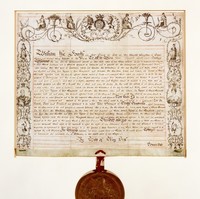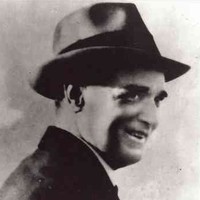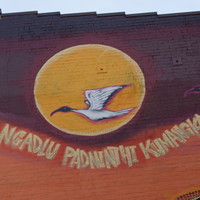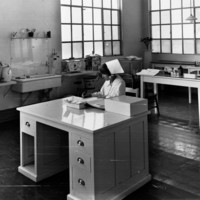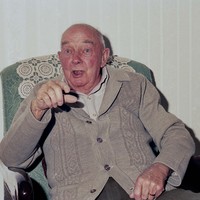The first South Australian magazine to focus on local content was the South Australian Magazine, first published in 1841. Other magazines published during the nineteenth century include: Illustrated Adelaide Post, Pictorial Australian, Observer Miscellany, Adelaide Punch, Lantern, and Quiz.South Australian magazines published in the twentieth century include: Pheonix, Chapbook, and Angry Penguins. ‘Street press’, free newsprint magazines, began appearing in the last decades of the twentieth century with such titles as dB and Rip It Up .





